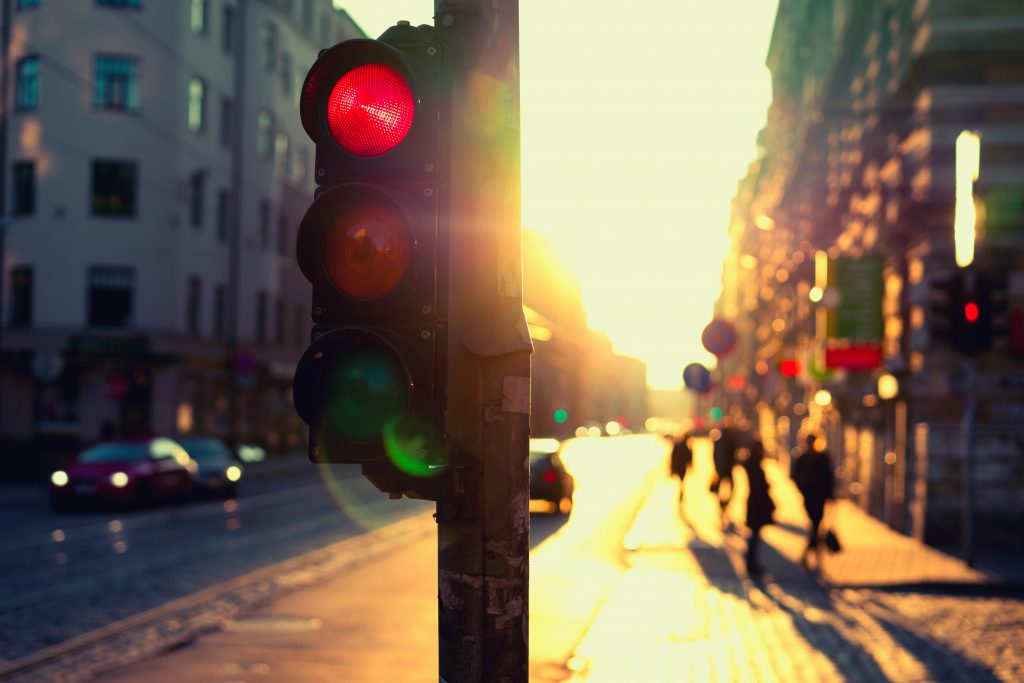Whether we’re rushing to work or soccer practice, we are all familiar with the sense of urgency affiliated with being late. It’s stressful, so we look for any way to ease that, even if we aren’t actually doing anything productive. This includes yelling at our children, sprinting around the house, and speeding to our destination. Each of these things is done out of panic, not logic.
I introduce you to the time old question: IS SPEEDING WORTH IT?
Saving Time?
The primary reason why people speed is in the name itself. We believe that going 5 or 10 kilometers over the posted speed limit is going to get us to our destination faster. While this seems to be a straightforward and obvious way of thinking, the reality is quite different. Multiple studies have been done surrounding this issue, such as that featured by BBC News. The overall verdict is this: speeding does get you there slightly faster.
With that said, the only noticeable differences come over longer trips on the freeways. In this particular case, higher speeds are seen to get drivers to their destinations somewhat faster (duh). However, this is not the case for all driving settings. In fact, outside of this application, speeding is virtually ineffective. We have all had some jerk zoom past us on a city street, only to pull up right next to him at the next light. This is the reality for speeders in many suburban and urban areas. Any slight time gains made are often lost completely while sitting at red lights or in general traffic.
From a time-saving perspective, speeding only makes us feel like we’re getting there faster.
Causing More Harm Than Good
Beyond thinking we are doing something about our lateness, our bad habit impacts others. According to the World Health Organization, every 1km/h increase in speed results in an 3-5% increase in the risk of a crash involving serious injury. For all of the factors that cause the 1.3 million fatalities per year globally, this is something that can be minimized so easily. In the words of the Government of British Columbia, “Just. Slow. Down”.
Metrics like fatalities or serious injuries caused by speeding are easy to measure, but they are not the only cause for concern. We also must consider that speed limits are posted for a reason! Sometimes, these are the ideal speeds to reduce the impact of traffic on the surrounding environment. Driving over the limit can produce greater emissions and vibrations that are harmful to the adjacent neighbourhoods or wildlife.
The risks of speeding far outweigh the benefits. This is an undeniable fact. However, you are also still late… so how do we find more efficient ways to get to our destinations?
Designing Solutions
Regardless of the facts and figures listed above, this bad habit will continue. People will continue to speed because they’re in a rush. It’s now our job to find ways to help people get to their destination quickly without speeding. Traffic lights along a corridor are timed to be green all the way along for drivers who are going the speed limit. By going too fast (or too slow), you become more likely to get stopped at a red light. Using this and other information, some companies are looking at providing better traffic light data to drivers. The concept behind red light “countdowns” is to give better warnings about changing lights and even suggest the ideal speed for drivers to travel through the city in order to minimize fuel consumption.
On top of the environmental benefits, this technology can also make our travels more efficient by allowing us to cruise through green lights all the way. This is proven to be a much faster alternative to speeding between red lights.
In short, the few perceived benefits offered by speeding are outweighed by the danger it creates, but that doesn’t mean you have to be late!

